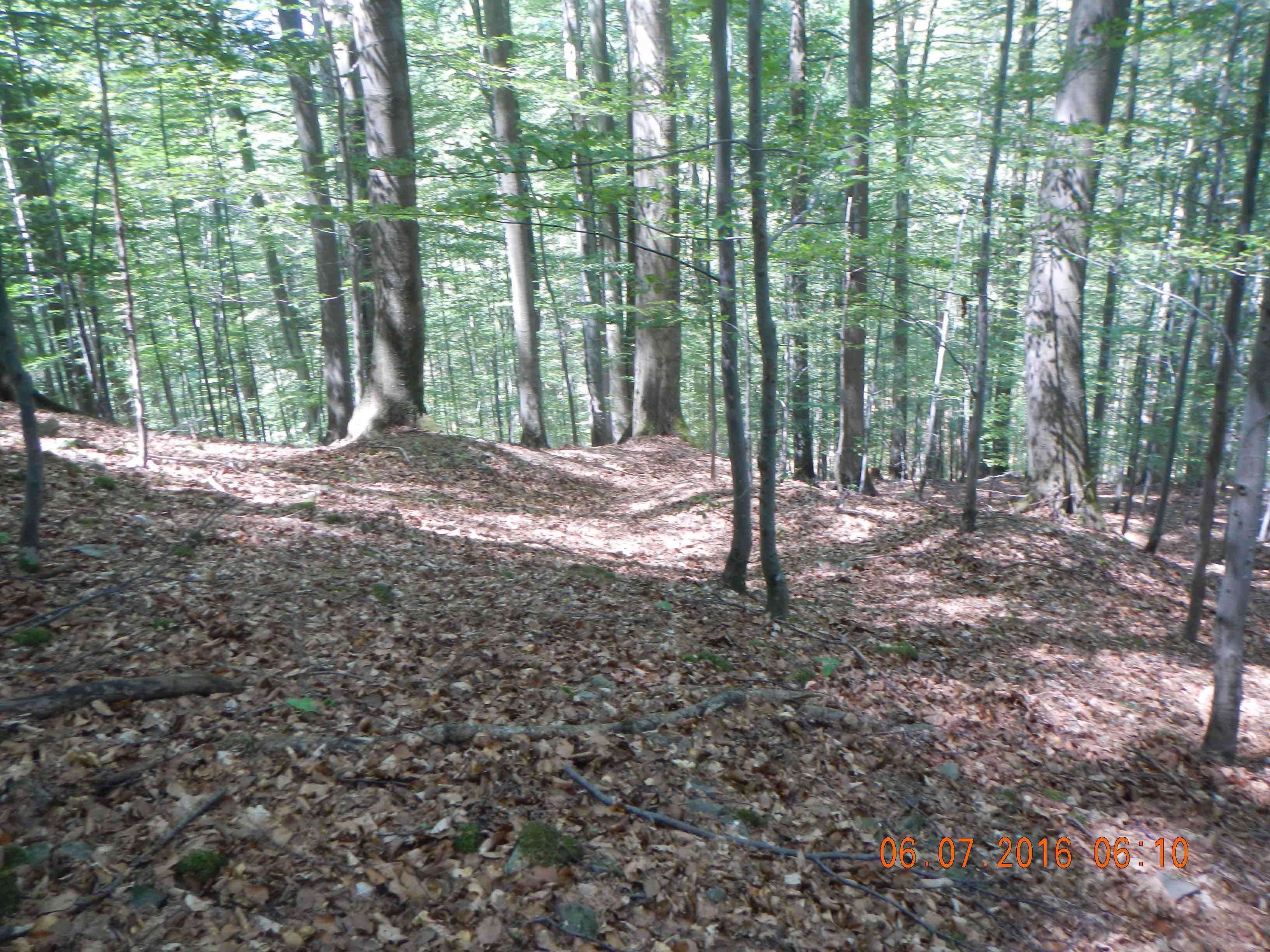The journal Hydrological Processes has recently been publishing a series of articles and commentaries in tribute to the estimable Keith Beven, the recently retired hydrologist from the University of Lancaster. One of his many fundamental contributions has consisted of drawing attention to the importance of, and making fundamental insight into, the phenomenon of macropores and preferential flows. One of those commentaries, by Markus Weiler, addressed these contributions as well as unresolved issues in understanding and simulating preferential flow.
No hillslope hydrologist, geomorphologist or pedologist would dispute the existence or frequent occurrence of preferential water flux in soils, or its importance in many cases at the scales of soil physics to hillslopes. However, Weiler points out that the observed differences in flow pathways at the pedon or hillslope scale are not necessarily detectable at the watershed scale. Does macropore flow matter at the catchment scale? Weiler's answer is yes, though he points out that many scientists believe otherwise.

Uprooted tree at Zofinksy, Czech Republic. The soil in the rootwad shows roots, large pores or pipes associated with root channels of decayed roots, and soil cracks. These and other less obvious features in most soils are avenues for preferential flow.
Weiler's commentary got me to thinking about a long time interest of mine--scale linkage. That is, how do we link processes and phenomena that operate at widely varying spatial (and temporal) scales. After all, in hydrology, geomorphology, and pedology we deal with scales from the molecular to the planetary. You can't explain the hydrology of the Ohio River based on soil water tension in an earthworm burrow; nor can you gain insight into macropore (or for that matter matrix) flow based on global hydrology. Yet the processes are indeed related across those scales.

Stemwash reflecting a key form of preferential flow, stemflow (Razula, Czech Republic).
What I've found via several different approaches (most recent publication here) is that processes and relationships operating at fundamentally different scales (e.g., more than two levels apart in a scale hierarchy) are essentially independent, in the same sense that macropore vs. matrix flow at the scale of soil physics is not detectable in stream discharge. However, as Weiler points out, preferential flow is detectable in stream and watershed chemical properties.
The diagram below comes from an analysis of fluviokarst systems in Kentucky reported here, but except for the top one the hierarchical levels (if not the specific nodes and links) are applicable to hydrogeomorphic systems in general. Watershed runoff is several levels away from the soil physics or the plot/patch level, and thus should be independent of processes restricted to those lower levels. When it is not, this suggests that macropores and preferential flows are manifest at the intermediate, hillslope scale. That in turn supports Weiler's inference that connectivity of preferential flow paths is key (where they are strongly connected, then preferential flow should be manifest at the hillslope level).

To add a bit to the questions and research agenda laid out by Weiler, a potential complication could be different preferential flow paths at different, overlapping scales--for example, macropores at a soil physics scale, stem and root flow at a small plot scale, and biogeomorphically-induced microtopography at a hillslope scale. Further, the "selection" of individual flow paths is highly localized and may or may not be reflected in broader-scale patterns.

Surface runoff (and other mass fluxes) on this hillslope (Razula, Czech Republic) is disconnected by microtopography associated with tree uprooting.
